The Wight – Why Heavier, Denser, and Solid Speaker Designs Matter
Exploring the Physics, Psychology, and Craft Behind Acoustic Weight Or Mass
Speaker design is a convergence of physics, psychoacoustics, and material engineering. Among the most persistent trends in high-fidelity audio is the deliberate increase in cabinet mass—through heavier materials, denser construction, and even tiled surfaces. This isn’t a stylistic flourish or marketing gimmick—it’s a strategic response to the physical realities of sound reproduction. Every vibration, every resonance, and every reflection within a speaker enclosure affects the final sonic output. By increasing mass and structural rigidity, designers aim to suppress unwanted mechanical behavior and preserve the integrity of the audio signal.
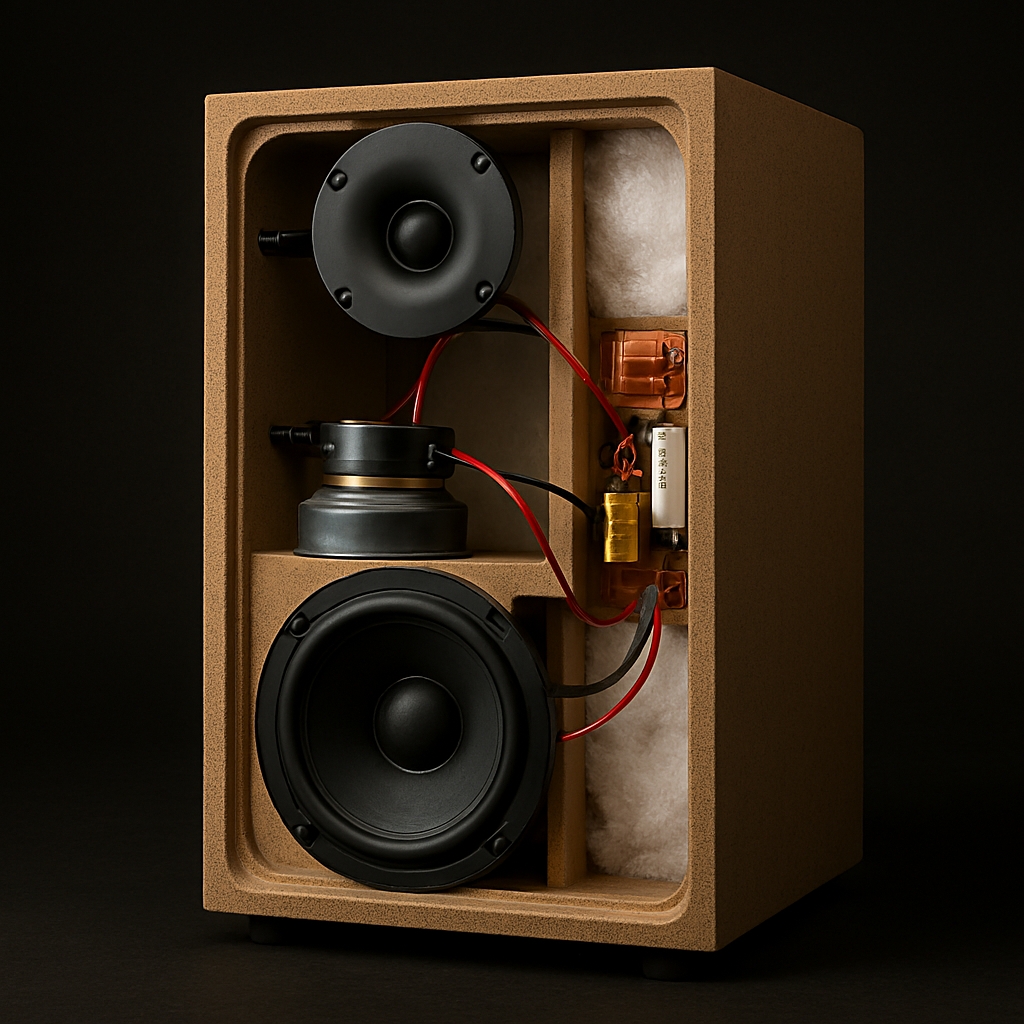
Mass and Vibration Control
Speaker enclosures are subject to mechanical vibrations generated by the movement of internal drivers. These vibrations can cause the cabinet itself to resonate, introducing coloration and distortion into the audio signal. Heavier materials resist motion due to increased inertia—requiring more force to initiate movement and thereby reducing unwanted cabinet resonance. This principle is grounded in Newtonian mechanics and is central to acoustic engineering. Dense enclosures act as passive vibration filters, absorbing energy that would otherwise re-radiate as noise. By minimizing cabinet movement, designers preserve the fidelity of the driver’s output, especially in low-frequency ranges where energy levels are highest. Internal bracing and damping layers complement mass, but the bulk of vibration control begins with the material’s weight. A stable, inert cabinet becomes a silent partner in sound reproduction—anchoring the sonic image with precision.
Acoustic Inertia and Energy Absorption
Inertia—the resistance to changes in motion—is a critical factor in speaker performance. A dense enclosure absorbs vibrational energy and dissipates it as heat, preventing mechanical noise from re-entering the sound field. This process reduces cabinet “ringing,” where the enclosure itself becomes an unintended sound source. Materials like concrete, ceramic tile, and engineered composites exhibit high internal damping, converting vibrational energy into thermal energy rather than acoustic output. This absorption is passive but essential, as it cleans the signal path and enhances sonic clarity. Designers often layer materials to optimize damping, combining mass with strategic absorption zones. Acoustic inertia also stabilizes the speaker during dynamic passages, preventing physical displacement that could blur stereo imaging. The result is a more accurate and emotionally resonant listening experience—where the speaker disappears and the music remains.
Resonance Suppression and Harmonic Neutrality
Every material has a natural resonant frequency—a point at which it vibrates most efficiently. In speaker design, uncontrolled resonance introduces harmonic distortion, coloring the sound and masking detail. Heavier and denser materials tend to have lower resonant frequencies, often below the audible range, making them acoustically neutral. Ceramic tiles, for example, offer high stiffness and low resonance, making them ideal for lining enclosures. Engineers use finite element modeling and modal analysis to predict and suppress resonant modes, but mass remains a universal solution. The goal is to create a cabinet that does not “sing” along with the drivers but remains acoustically invisible. This neutrality allows the music to emerge unaltered, preserving the emotional and technical intent of the recording. Resonance suppression is not just a technical challenge—it’s a philosophical commitment to sonic truth.
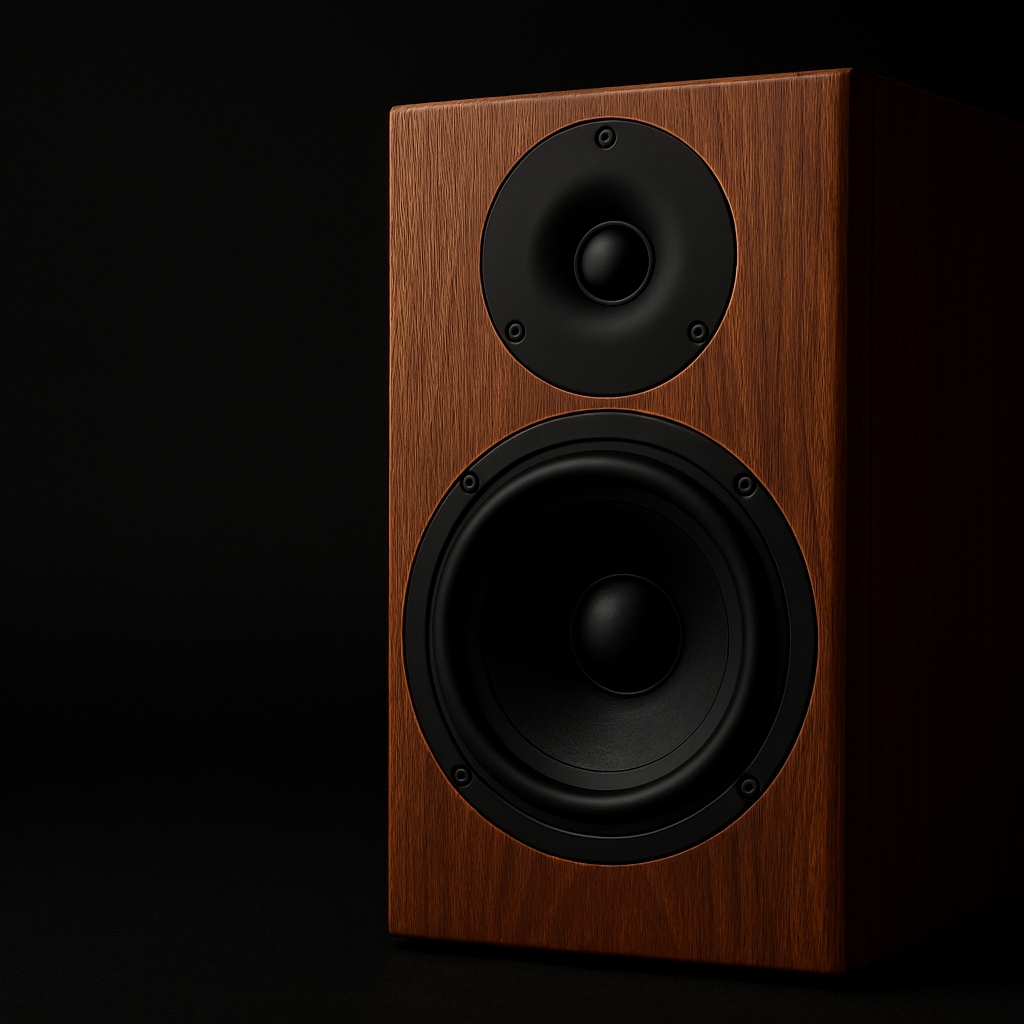
Psychoacoustic Perception of Solidity
Listeners often describe heavy speakers as sounding “solid,” “tight,” or “controlled”—terms that reflect psychoacoustic interpretation rather than measurable metrics. These perceptions are grounded in the brain’s response to clean transients, stable imaging, and reduced coloration. A non-vibrating cabinet produces sharper attacks and more defined decays, which the brain interprets as high-quality sound. There’s also a psychological bias toward physical heft—associating weight with durability, value, and craftsmanship. This bias influences how sound is judged, even before the first note is played. Designers leverage this effect by emphasizing mass in form factor and tactile design, but the perception is rooted in real acoustic benefits. Heavier speakers often do sound better—not because of the weight itself, but because of the mechanical behaviors that weight suppresses. Psychoacoustics bridges the gap between physics and feeling, making mass a meaningful design choice.
Material Science and Density Optimization
Material selection in speaker design is a balance of density, damping, machinability, and cost. Medium-density fiberboard (MDF) is widely used for its affordability and moderate mass, but it lacks the damping properties of more advanced materials. Concrete, stone, and ceramic tile offer higher density and better vibration suppression but are more difficult to fabricate. Some high-end designs use layered composites—combining materials like aluminum, carbon fiber, and viscoelastic polymers to optimize performance. Density affects not only vibration control but also thermal behavior and structural integrity. A denser cabinet can withstand greater internal pressure, allowing for more powerful drivers and higher output levels. Engineers must consider the acoustic impedance of each material, ensuring that energy is absorbed rather than reflected. Advances in material science continue to expand the palette of options, enabling more precise and expressive speaker architectures.
Structural Damping and Composite Layering
Modern speaker enclosures increasingly rely on composite layering to achieve both mass and internal damping. By combining materials with contrasting mechanical properties—such as rigid hardwoods, viscoelastic polymers, and fiber-reinforced laminates—designers create structures that absorb vibrational energy across a broader frequency spectrum. This layered approach prevents energy from traveling uniformly through the cabinet, breaking up resonance pathways and reducing harmonic distortion. Structural damping is not just about thickness—it’s about how energy is redirected, absorbed, and neutralized. The interplay between stiffness and compliance in layered materials allows for targeted suppression of cabinet modes. These composites often outperform single-material builds, offering superior sonic neutrality without excessive bulk. The result is a cabinet that behaves like a tuned acoustic shell—resonance-resistant, emotionally transparent, and structurally intelligent.
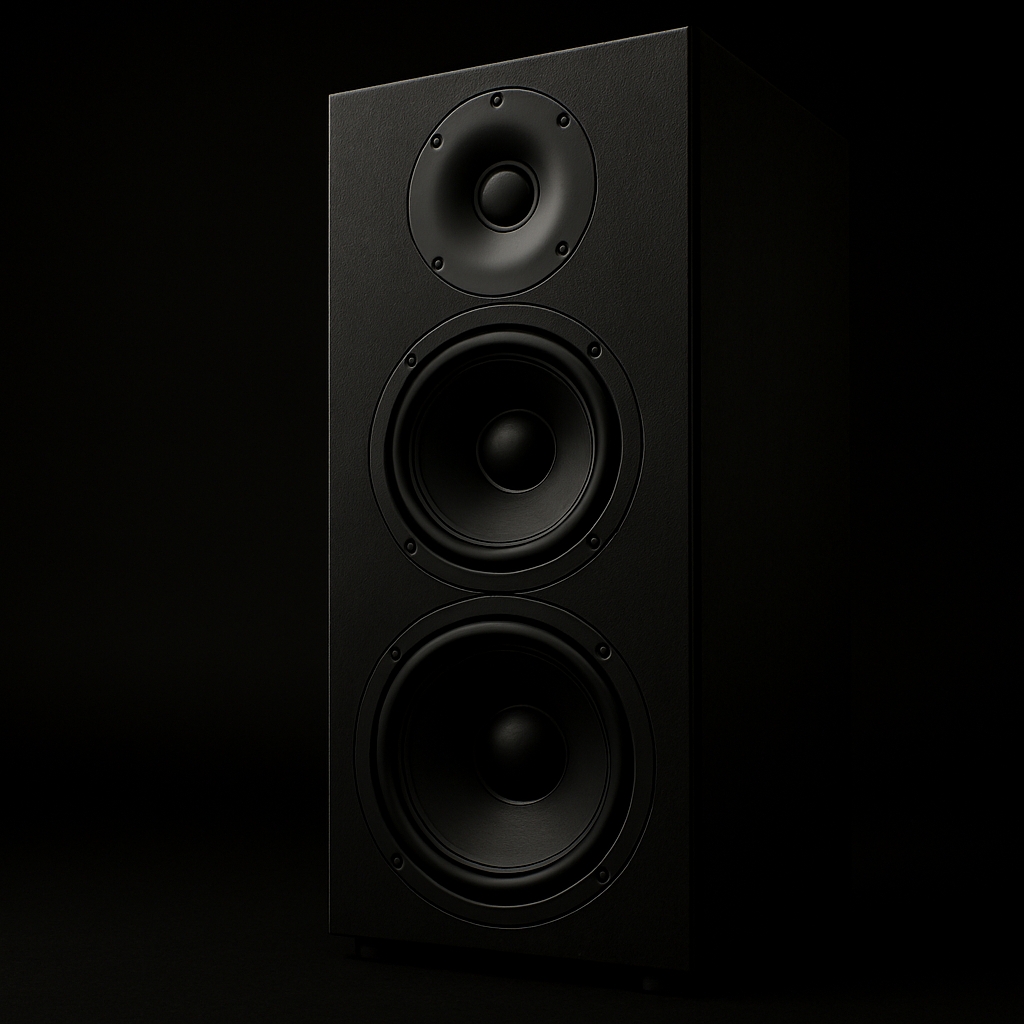
Driver-Cabinet Coupling and Mechanical Grounding
The interface between speaker drivers and the cabinet is a critical zone of mechanical energy transfer. Poor coupling allows vibrational energy to leak into the enclosure, exciting unwanted resonances and degrading clarity. High-mass designs improve this interface by acting as a mechanical ground—anchoring the driver’s motion and preventing reactive movement. Precision mounting techniques, such as flush driver seating and torque-calibrated fasteners, ensure that the driver’s energy is directed outward, not inward. Some designs incorporate metal reinforcement rings or decoupling gaskets to fine-tune this transfer. The goal is to create a rigid, inert platform that supports the driver without contributing noise. Mechanical grounding is especially important in high-output systems, where driver excursion is extreme. A well-grounded driver delivers cleaner transients, tighter bass, and more accurate imaging—because its energy is fully committed to the air, not the box.
Pressure Management and Internal Volume Control
Speaker enclosures must manage internal air pressure generated by driver movement—especially in sealed or acoustic suspension designs. Dense, rigid cabinets maintain consistent internal volume under pressure, preventing flex-induced phase shifts and frequency anomalies. This stability ensures that the air spring behind the driver behaves predictably, preserving linearity and transient response. Designers often reinforce pressure zones with internal ribs or dual-wall construction, using mass to resist deformation. In ported designs, pressure management also affects tuning accuracy—cabinet flex can alter port behavior, shifting the resonant frequency and introducing distortion. High-mass enclosures maintain dimensional integrity under load, allowing ports and passive radiators to function as intended. Pressure management is not just about airflow—it’s about preserving the acoustic geometry that defines the speaker’s voice.
Cabinet Geometry and Modal Distribution
The shape and proportions of a speaker cabinet influence how internal sound waves behave. Rectangular boxes are prone to standing waves and modal buildup, which can cause frequency peaks and dips. Dense materials help suppress these modes, but geometry plays a complementary role. Designers use non-parallel walls, curved surfaces, and internal diffusers to scatter energy and prevent wave reinforcement. High-mass cabinets allow for more complex geometries without compromising structural integrity. Modal distribution is also affected by driver placement—offsetting drivers or angling baffles can reduce symmetry and improve dispersion. Some high-end designs incorporate labyrinthine internal paths to break up wavefronts and absorb energy. Geometry becomes a tool for acoustic storytelling—shaping how sound unfolds within the enclosure and emerges into the room.
Symbolic Permanence and Editorial Integrity
Heavy speaker design carries symbolic weight beyond its acoustic function. It represents a commitment to permanence, precision, and editorial integrity in an era of disposable audio. The mass of the cabinet becomes a metaphor for sonic truth—anchoring ephemeral sound in a structure built to last. Designers who embrace this philosophy often reject lightweight trends and favor materials that age gracefully—wood, stone, metal, and ceramic. These choices reflect a belief that sound deserves architecture, not packaging. Symbolic permanence also influences listener perception—heavy speakers feel intentional, grounded, and serious. They suggest that the designer has considered not just how the speaker sounds, but what it means. In this context, mass becomes a narrative device—telling a story of care, depth, and acoustic devotion.
Tiling as a Structural and Acoustic Strategy
Applying ceramic or stone tile to a speaker cabinet is both a structural and acoustic intervention. Tiles add mass and stiffness, reducing panel flex and suppressing resonance. Their hard, reflective surfaces can be strategically placed to redirect internal standing waves, minimizing frequency anomalies. The grout between tiles introduces damping, absorbing micro-vibrations and enhancing structural cohesion. Tiled surfaces can be sealed to prevent air leaks, preserving bass response and internal pressure dynamics. Some designers use tile mosaics to create symbolic or artistic patterns, merging function with form. While unconventional, tiling is a valid engineering choice, especially in custom or experimental builds. It demonstrates that acoustic performance can coexist with aesthetic expression—and that sound is shaped by surface as much as substance.
Bracing and Internal Architecture
Internal bracing is essential to prevent panel flex and distribute vibrational energy across the enclosure. Braces connect opposing walls, increasing rigidity and reducing mechanical noise. Their placement and geometry are optimized using computer-aided design and modal analysis, targeting areas of high stress. Bracing also disrupts internal standing waves, improving frequency uniformity and reducing coloration. Materials like birch plywood, aluminum, and composite laminates are commonly used for their stiffness and low resonance. Bracing must be securely bonded to avoid rattling or detachment under dynamic load. Some designs use curved or angled braces to maximize strength without excessive weight. The goal is to create a monolithic structure—where every internal component contributes to acoustic stability. Internal architecture may be invisible to the listener, but it is foundational to sonic excellence.
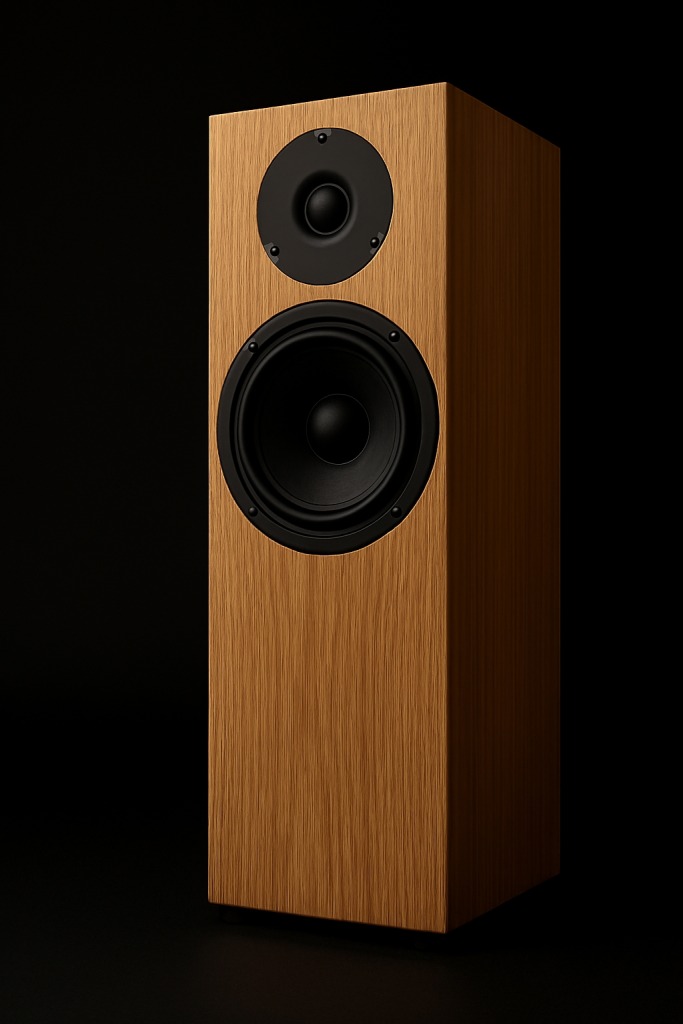
Isolation from External Vibrations
Speakers interact with their environment, and external vibrations can compromise performance. Floor-borne energy, airborne noise, and mechanical coupling can introduce distortion and blur imaging. Heavier speakers are less susceptible to these intrusions due to their inertia and mass. Designers often use isolation platforms, decoupling feet, and mass-loaded bases to prevent energy transfer. These elements stabilize the speaker and preserve its acoustic output, especially in multi-speaker setups where crosstalk is a concern. Isolation also protects the cabinet from structural resonance caused by nearby subwoofers or environmental noise. By anchoring the speaker and minimizing external influence, designers ensure that the sound remains pure and undisturbed. Isolation is not just a mechanical strategy—it’s an editorial one, preserving the integrity of the sonic narrative.
Low-Frequency Performance and Cabinet Stability
Bass reproduction places extreme demands on speaker enclosures, requiring structural integrity and vibration control. Low frequencies generate high internal pressure, which can cause cabinet flex and phase distortion. A heavier, denser enclosure resists these forces, preserving timing and clarity. Flexing introduces phase anomalies, where waveforms arrive out of sync, muddying the bass and reducing impact. Dense materials absorb bass energy more effectively, minimizing room interaction and enhancing transient response. Stability also affects driver alignment, ensuring consistent performance over time. Some designs use dual-layer walls with damping cores to maximize mass and absorption. In subwoofer design, cabinet stability is paramount, as even minor flex can degrade performance. A solid foundation allows bass to be felt with precision, not just heard with volume. It’s the difference between rumble and resolution.
Symbolic Weight and Design Philosophy
Mass carries symbolic meaning—suggesting permanence, seriousness, and craftsmanship. In speaker design, weight becomes a metaphor for sonic truth, anchoring ephemeral sound in physical form. Designers often emphasize heft in product photography, showcasing thickness, texture, and solidity. This symbolism resonates with listeners who value authenticity and depth, reinforcing the emotional impact of the listening experience. A heavy speaker feels like a commitment—a statement of intent and care. It aligns with slow design principles, favoring quality over convenience and longevity over disposability. Symbolic weight challenges the culture of impermanence, reminding us that sound is worth building for. It’s not just about acoustics—it’s about values. And values shape experience.
Conclusion
The pursuit of heavier, denser, and more solid speaker enclosures is not a trend—it’s a response to the fundamental physics of sound and the emotional architecture of listening. Every gram of mass, every layer of damping, and every tiled surface contributes to a quieter cabinet and a clearer signal. These design choices suppress resonance, absorb energy, and stabilize performance, allowing the speaker to disappear and the music to emerge uncolored. But beyond the technical, there’s a symbolic weight to these decisions—a commitment to permanence, precision, and sonic truth. In a world of disposable audio, dense speaker design stands as a counterpoint, deliberate, grounded, and built to honor the complexity of sound. Whether through concrete, ceramic, or composite layering, the message is clear—mass matters. And when silence is engineered with care, what remains is not just sound, but meaning. The weight still remains as a structural importance to any speaker.
Join the Discussion
Have you experimented with dense or heavey weight peaker designs or unconventional materials? What role do you think mass or weight plays in shaping sonic emotion? Do you like light weight or heavey weight speakers? When does speaker weight become and issue?
#SpeakerDesign #AcousticEngineering #SoundPurity #MaterialScience #AudioCraft #Psychoacoustics #SymbolicDesign
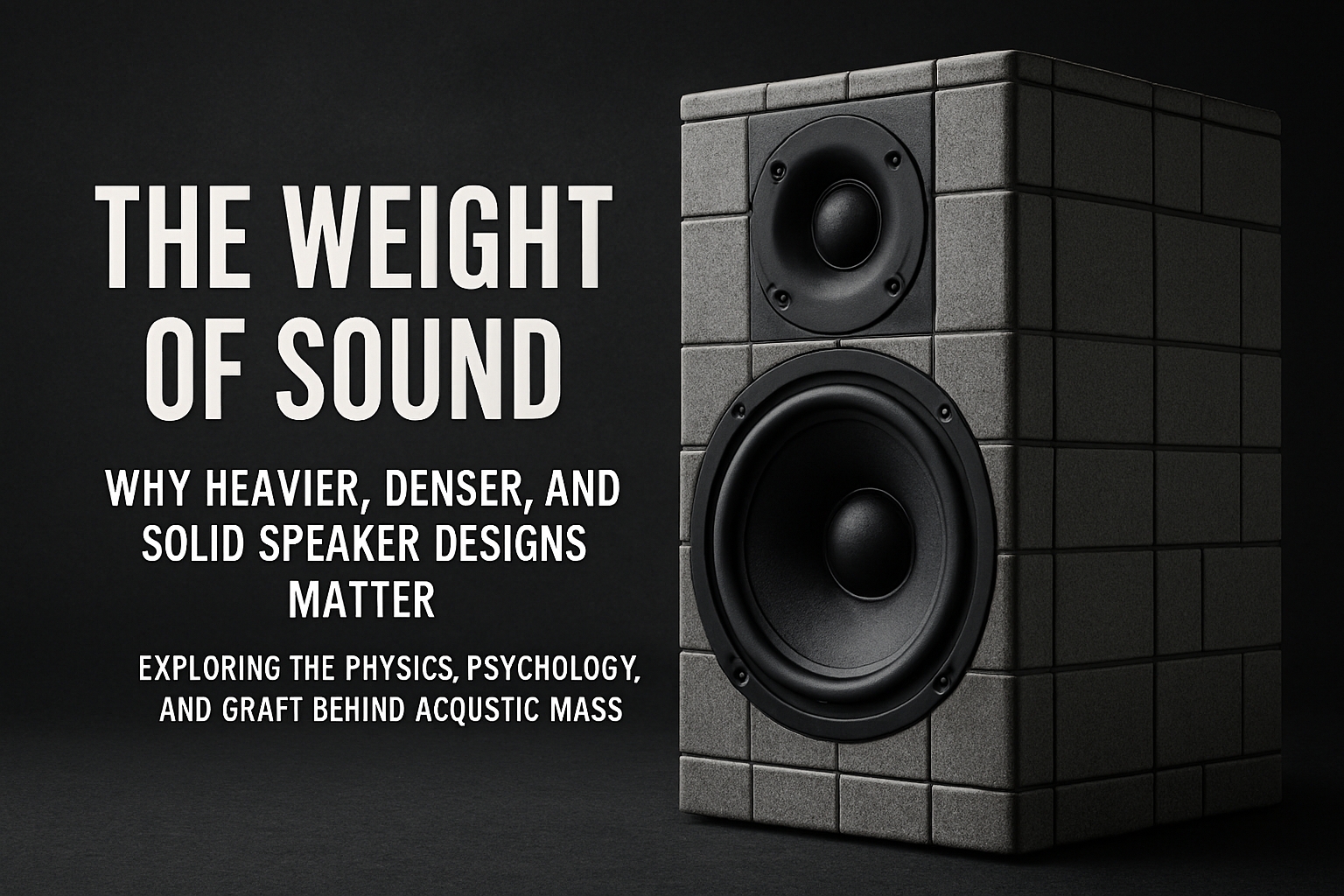




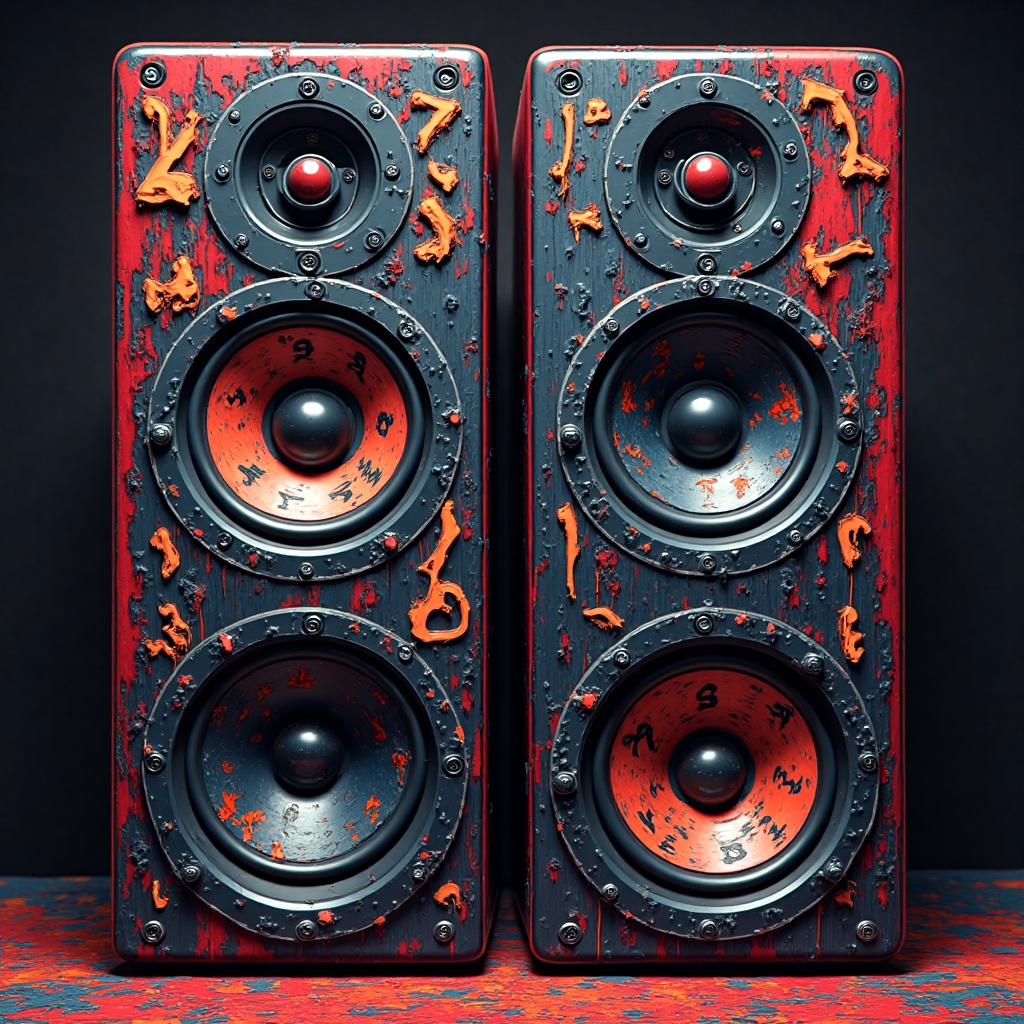



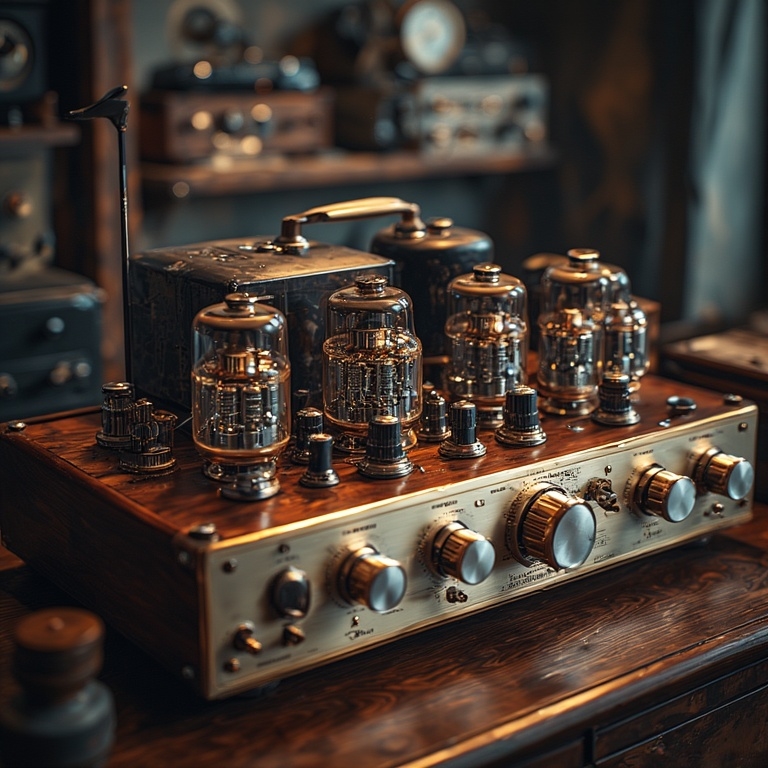




Leave a Reply